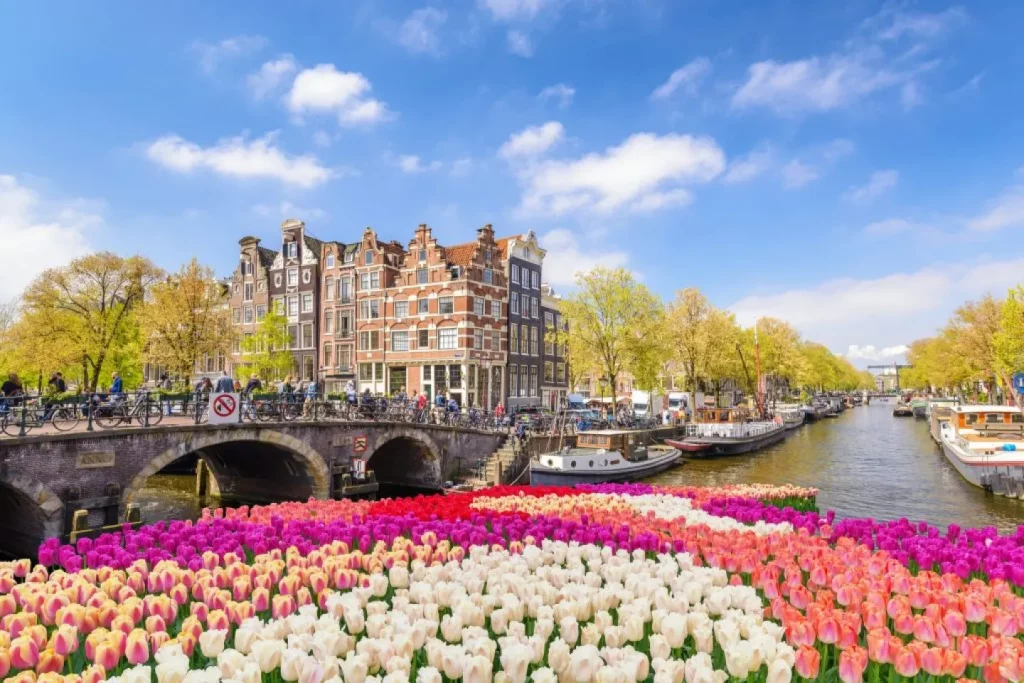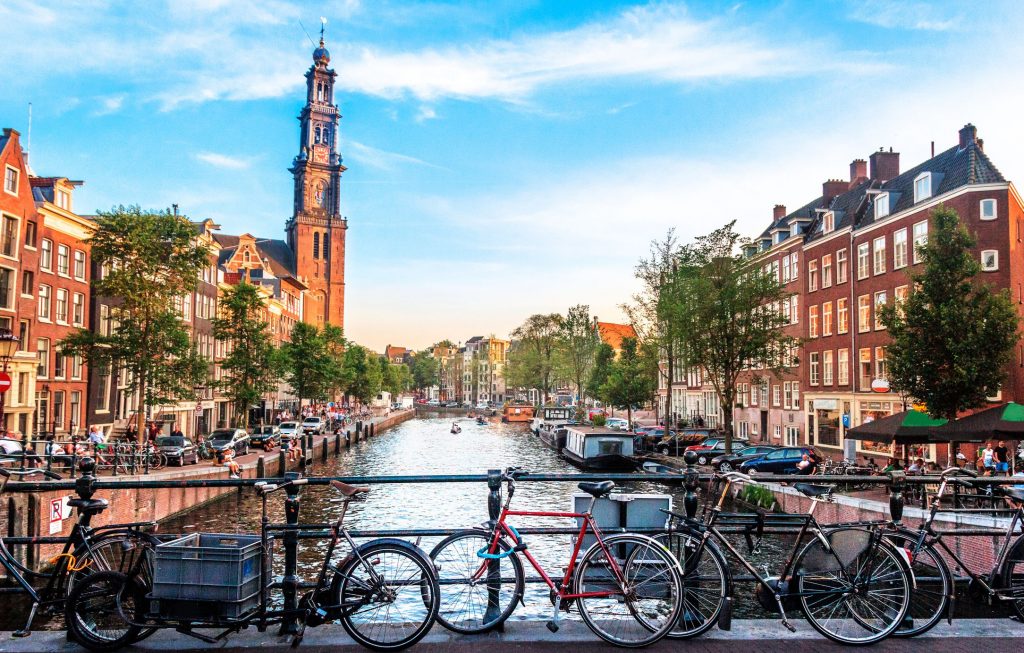Tour.
Two day France, Belgium and The Netherlands tour.
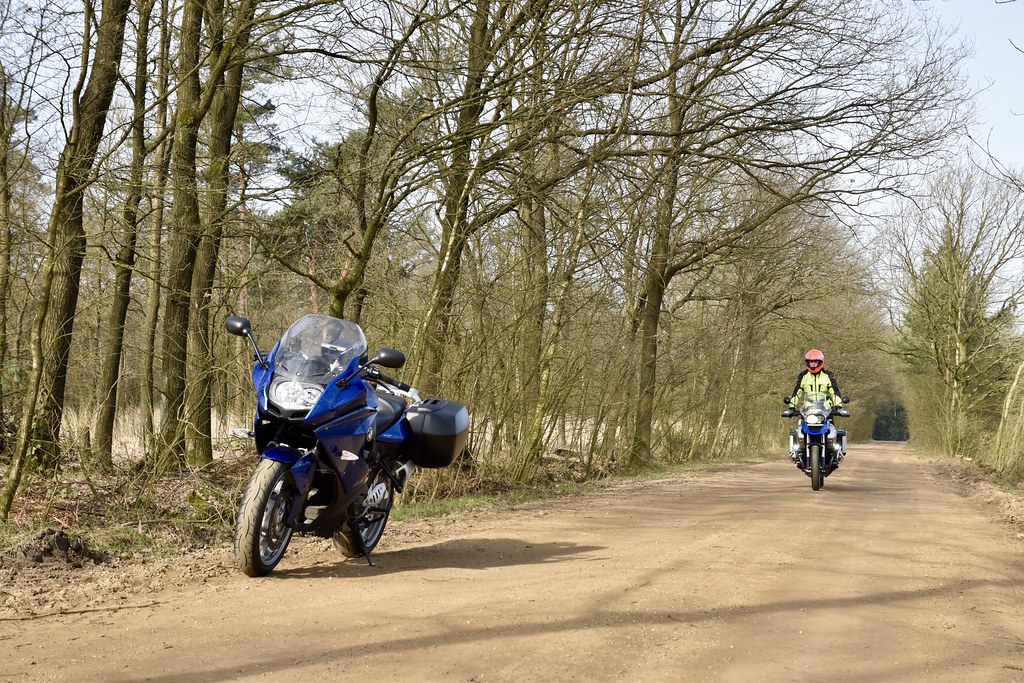
- Miles: 197 or 242
- Start: Calais
- End: Rotterdam or Amsterdam
- Time: 8 hours 54 mins according to Google Maps. I would suggest two days
- Suitability: adventure or tourer, A2 or above
A quick trip around Northern France, Belgium and The Netherlands.
No motorways or Tolls.
This trip is planned to start at Calais and end at Rotterdam or Amsterdam depending which way back to the UK your planning.
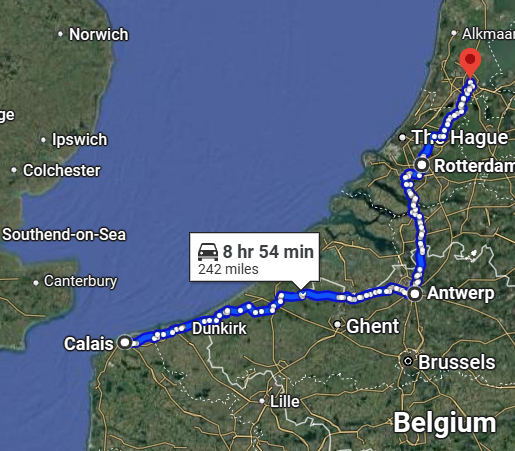
- Calais
- Dunkirk
- Antwerp
- Rotterdam
- Amsterdam
Calais a French port city in the Pas-de-Calais department.
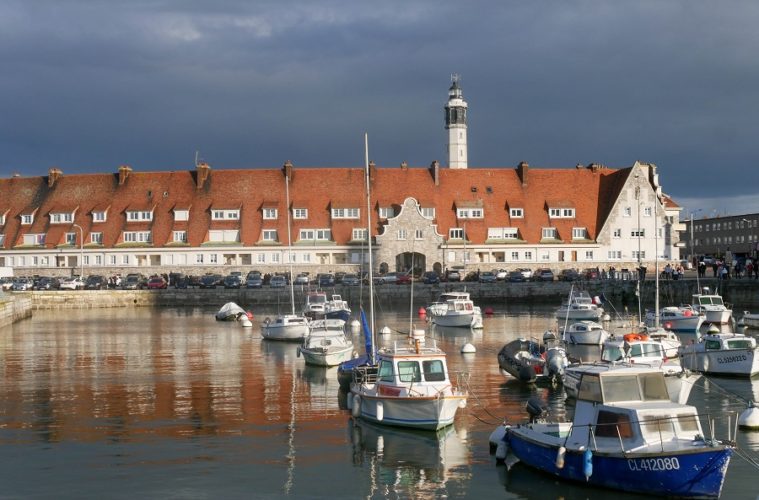
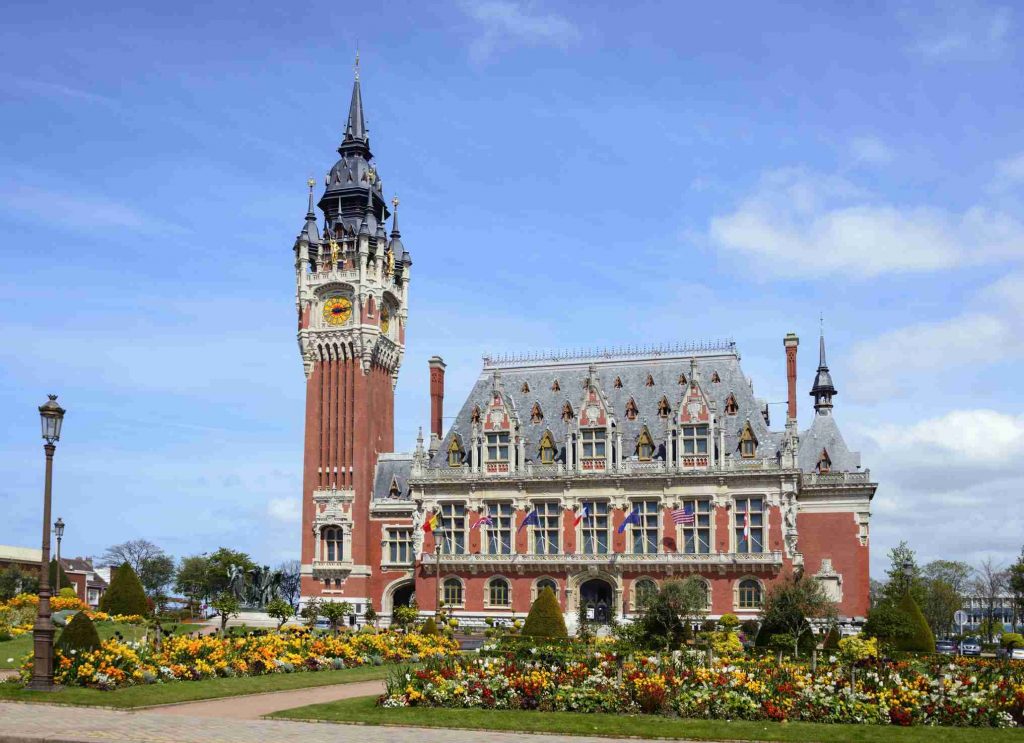
Dunkirk is a major port city in the department of Nord in northern France. It lies 6 miles (10 km) from the Belgian border. It has the third-largest French harbour.
The name of Dunkirk derives from West Flemish dun(e) ‘dune’ or ‘dun’ and kerke ‘church’, thus ‘church in the dunes’.
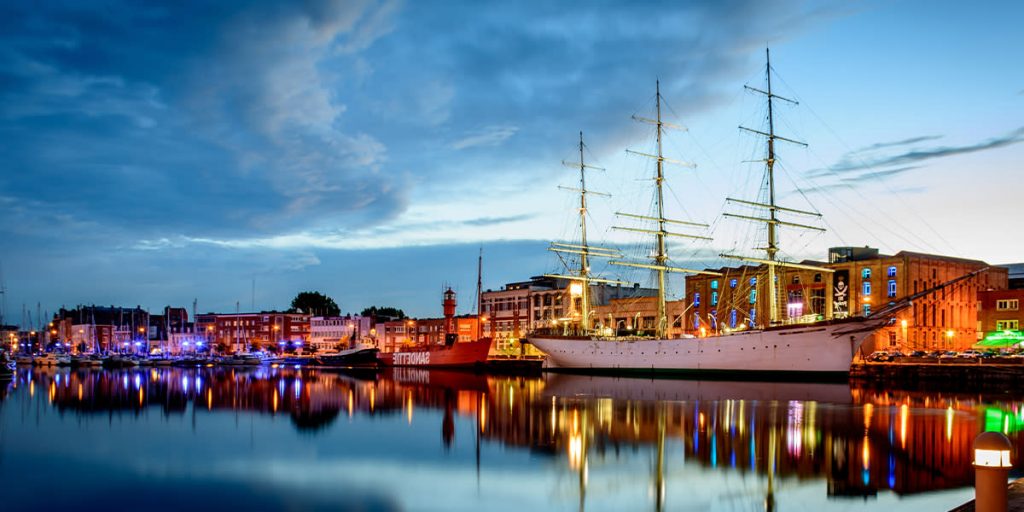
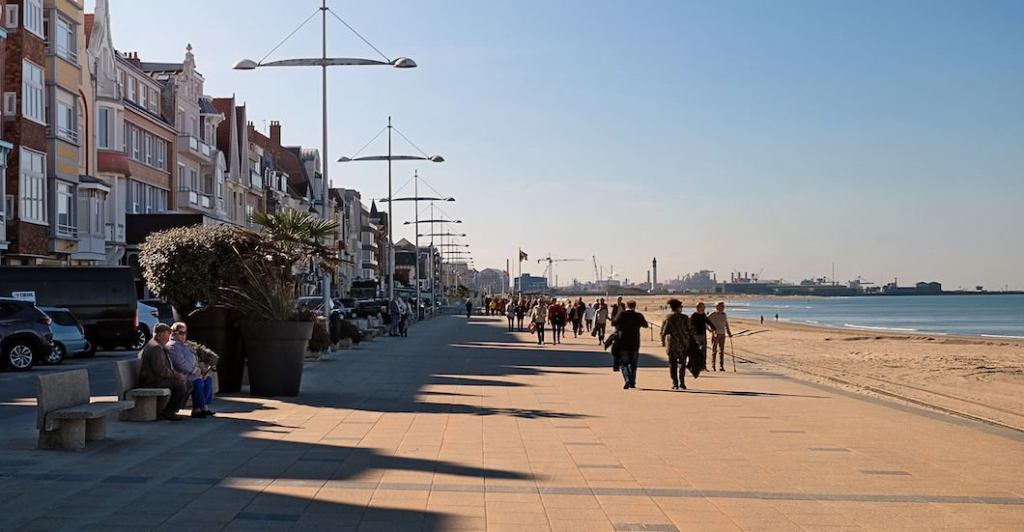
Antwerp is a city and a municipality in the Flemish Region of Belgium. It is the capital and largest city of Antwerp Province, and the third largest city in Belgium. Flowing through Antwerp is the river Scheldt.
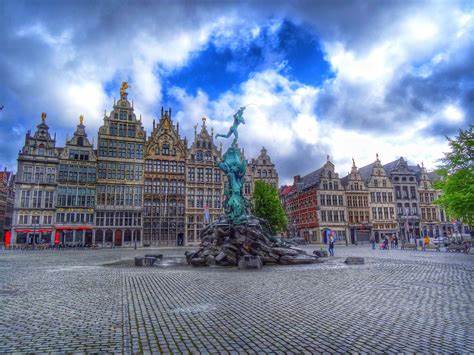
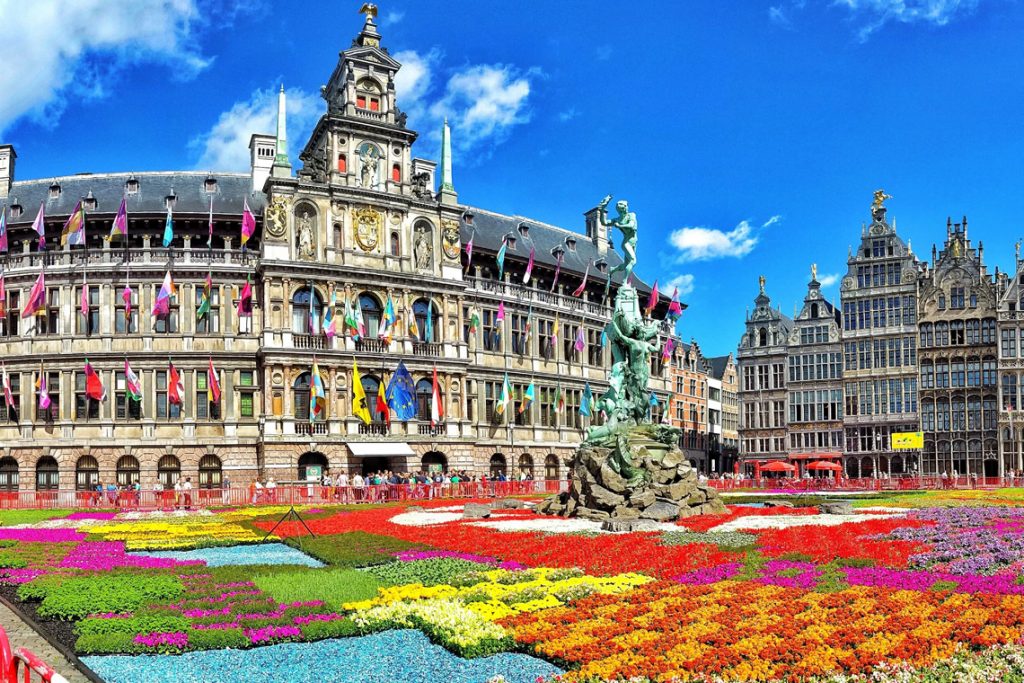
Rotterdam ‘The Dam on the River Rotte’ is the second-largest city in the Netherlands after the national capital of Amsterdam. It is in the province of South Holland, part of the North Sea mouth of the Rhine–Meuse–Scheldt delta, via the “New Meuse” inland shipping channel, dug to connect to the Meuse at first and now to the Rhine. Rotterdam’s history goes back to 1270, when a dam was constructed in the Rotte. In 1340, Rotterdam was granted city rights by William IV, Count of Holland.
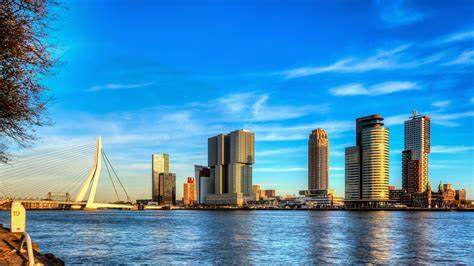
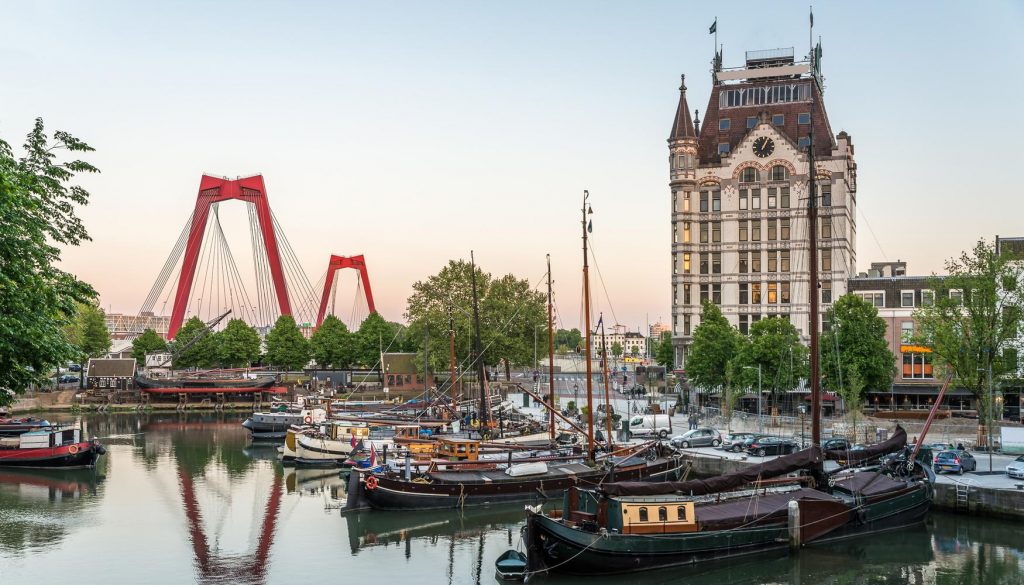
Amsterdam ‘Dam in the Amstel’ is the capital and most populated city of the Netherlands. Located in the Dutch province of North Holland, Amsterdam is colloquially referred to as the “Venice of the North”, for its large number of canals, now a UNESCO World Heritage Site. Amsterdam was founded at the mouth of the Amstel River, which was dammed to control flooding. Originally a small fishing village in the 12th century, Amsterdam became a major world port during the Dutch Golden Age of the 17th century, when the Netherlands was an economic powerhouse. Amsterdam was the leading centre for finance and trade, as well as a hub of secular art production. In the 19th and 20th centuries, the city expanded and new neighbourhoods and suburbs were built. The city has a long tradition of openness, liberalism, and tolerance.
